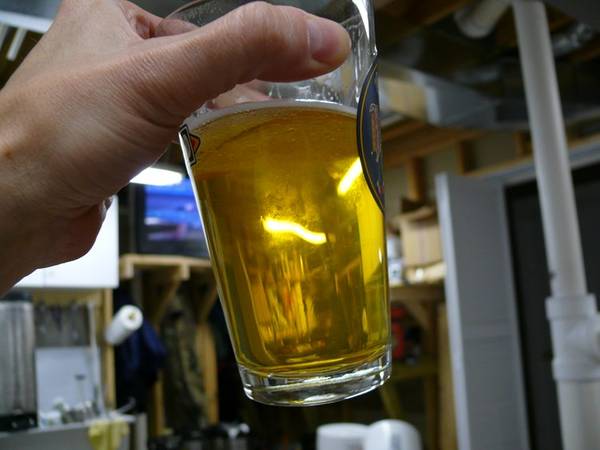Wow, this is an interesting topic. So far, I've been pretty much using a 4 week primary, then bottling and, well, bottle conditioning for anywhere from 2 to 6 weeks. It's my understanding that anything longer than 6 weeks sitting on all that primary yeast will initiate autolysis, which is extremely undesirable. It seems that everyone posting to this thread already knows that though, but if not, that's one reason to get it out of primary before a certain point. I happen to be a primary only guy on small beers, but then again, I only brew 1.060 to 1.070 beers. I do this to avoid longer maturing periods and longer carbonation periods. Right now I'm on a Tap a Draft and assorted sized bottle rotation, so this is what works for me. I only naturally carbonate, so it limits my options as far as conditioning. I'm planning on brewing a big beer of around 1.090 in the near future, and I will probably secondary that one, but then again, I just drew a pint of cider out of the primary because I'm out of cold beer, so what do I know?











![Craft A Brew - Safale S-04 Dry Yeast - Fermentis - English Ale Dry Yeast - For English and American Ales and Hard Apple Ciders - Ingredients for Home Brewing - Beer Making Supplies - [1 Pack]](https://m.media-amazon.com/images/I/41fVGNh6JfL._SL500_.jpg)

















































